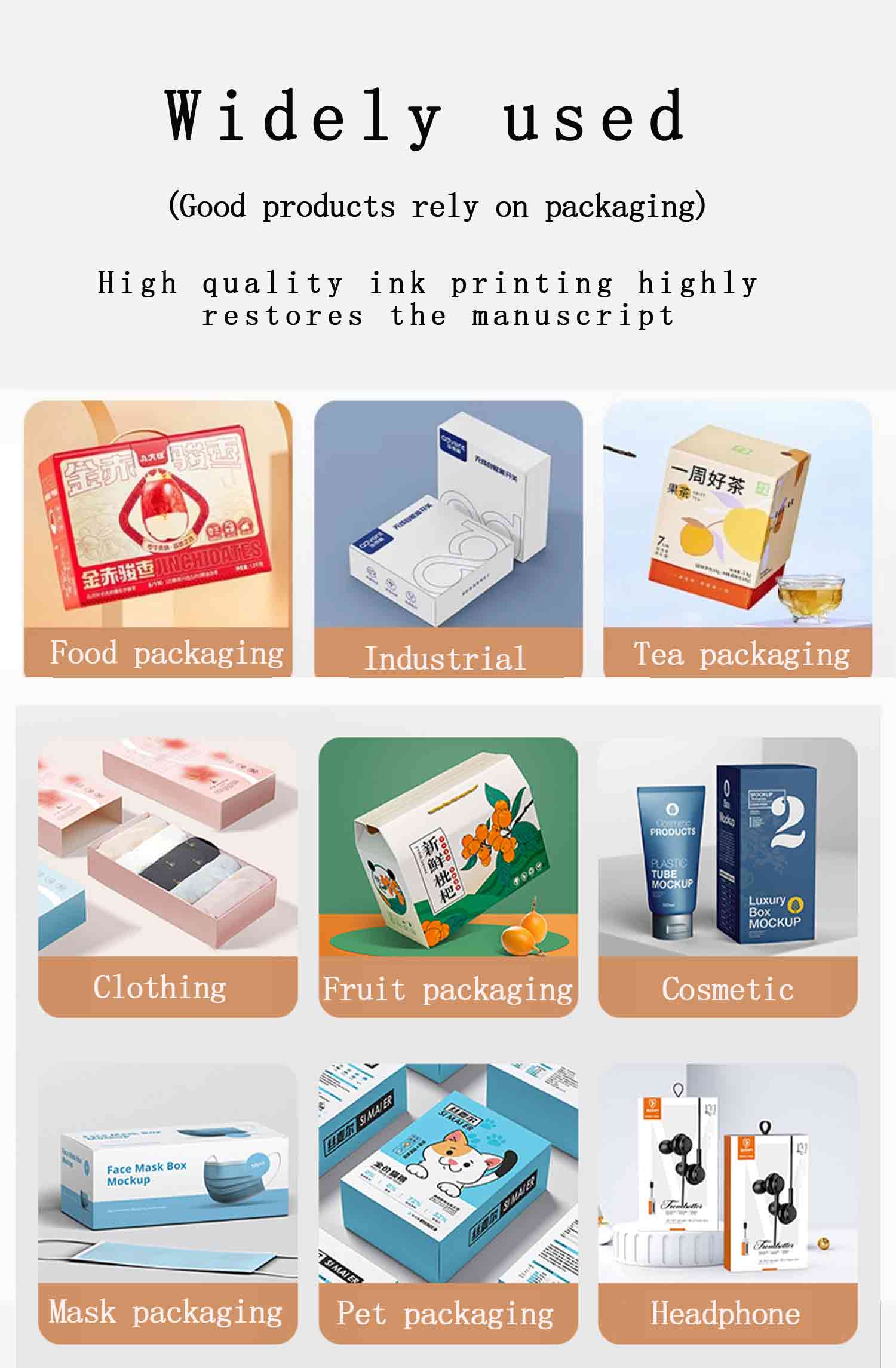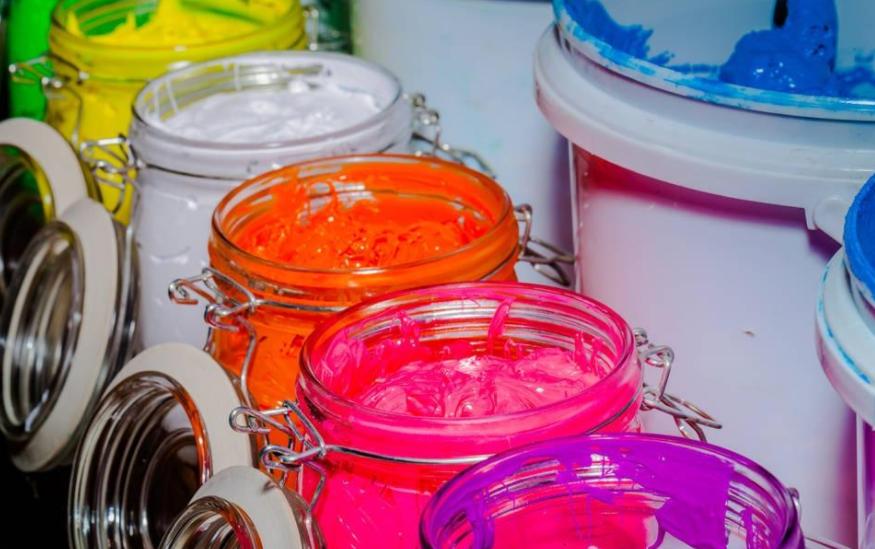Poor ink adhesion is a common printing issue. When adhesion is weak, ink may flake or fade during processing or use, affecting appearance and reducing product quality and market competitiveness. In packaging, this can blur printed information, hinder accurate communication, and even cause contamination from ink particles, posing food safety risks.

Poor adhesion may cause blurry printing information
What are the causes of poor ink adhesion?
1. Improper ink selection is a key issue. Incompatible or poorly adhering inks reduce adhesion. Therefore, selecting the right ink based on the substrate and product requirements is essential before printing.
2. Improper ink formulation. Ink adhesion depends heavily on resin selection and the balance of viscosity, resin, pigment, and solvent. An imbalance can reduce binder content, weakening film formation and cohesion, thus impairing adhesion.
3. Improper ink-solvent compatibility. Ink resins interact differently with solvents, which also vary in their wetting and swelling effects on film surfaces. Incompatible combinations can cause whitening and precipitation, impairing performance and adhesion.
4. Improper ink storage. Poor storage can degrade ink performance. For example, low resin content in old ink, sedimentation and delamination from long-term storage, and the use of expired ink can all affect adhesion to the substrate.

There are many reasons that affect poor ink adhesion
Aobozi pigment inks feature scientific formulations and quality control, resulting in superior adhesion. Utilizing nano-scale pigment dispersion technology, pigment particles are smaller than 1μm, ensuring vibrant, rich colors in printed images.

Aobozi pigment ink has scientific formula design and quality control management
The scientific combination of specialized resins and solvents ensures high compatibility with various film materials, preventing delamination or shedding. The optimized solvent system also improves wettability and permeability on the substrate, enhancing adhesion. Aobozi inks provide strong stability and excellent storage properties, resisting degradation and ensuring durable, reliable performance across diverse applications.

Strong stability, excellent storage performance, not easily layered or deteriorated

Post time: Sep-28-2025
